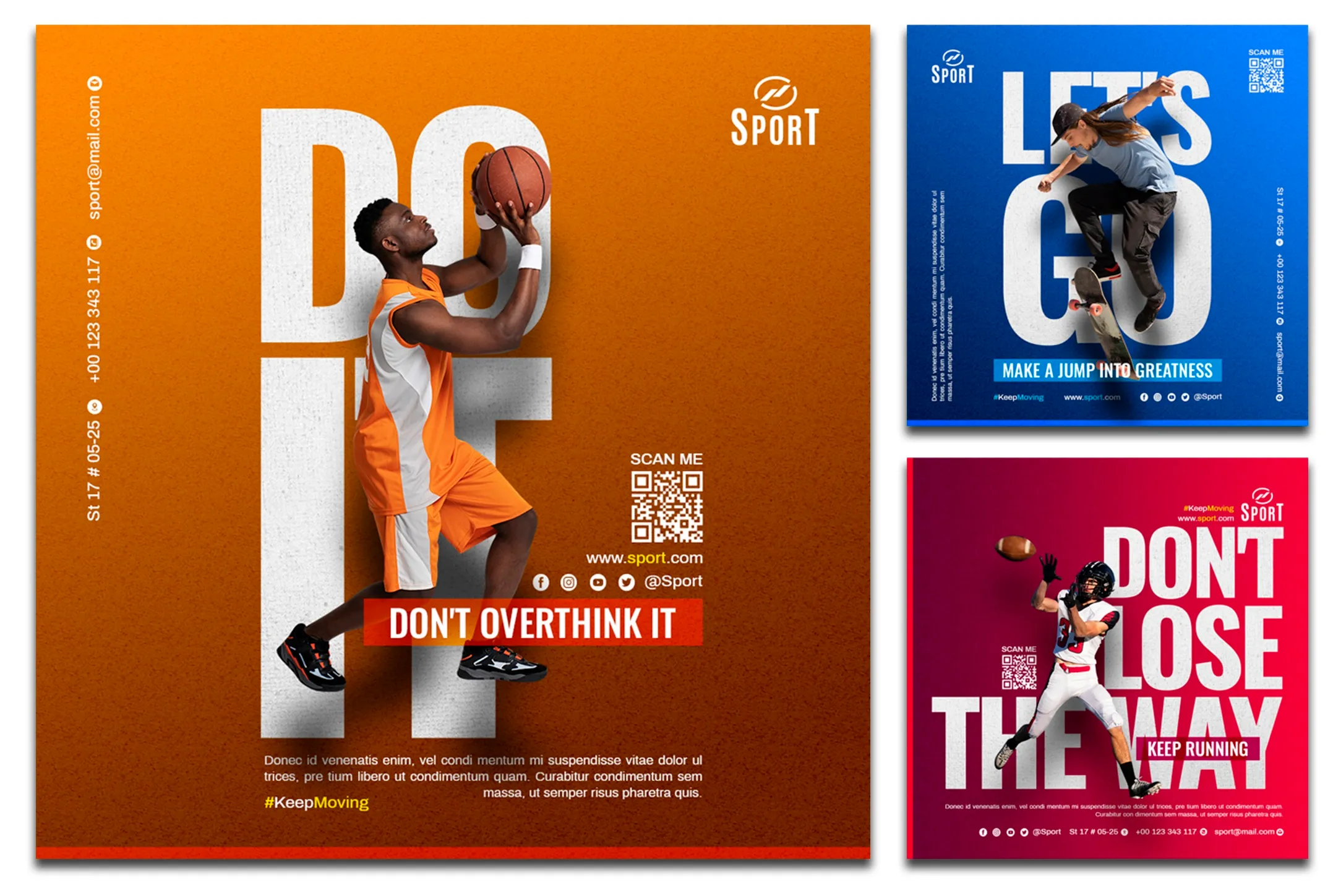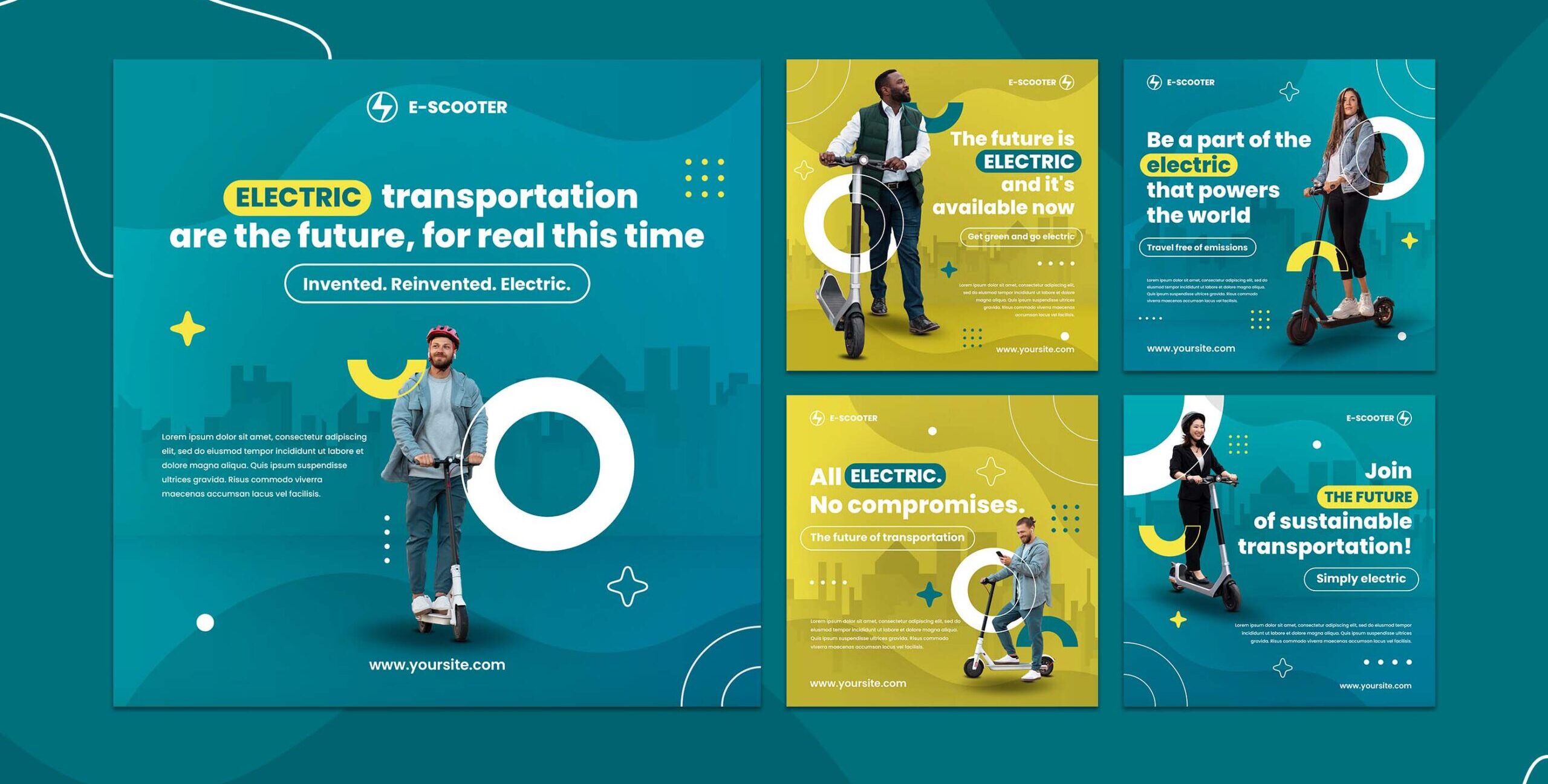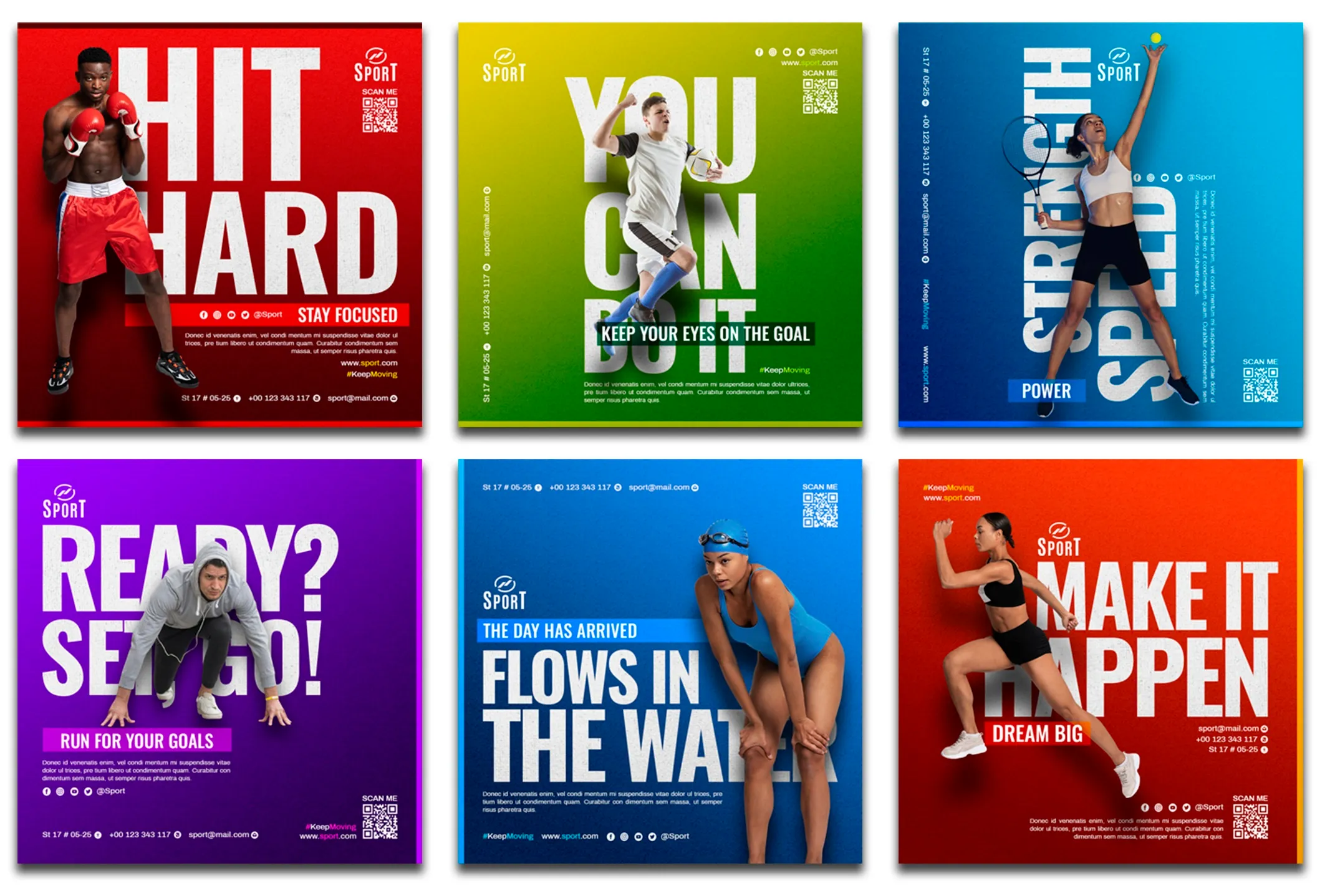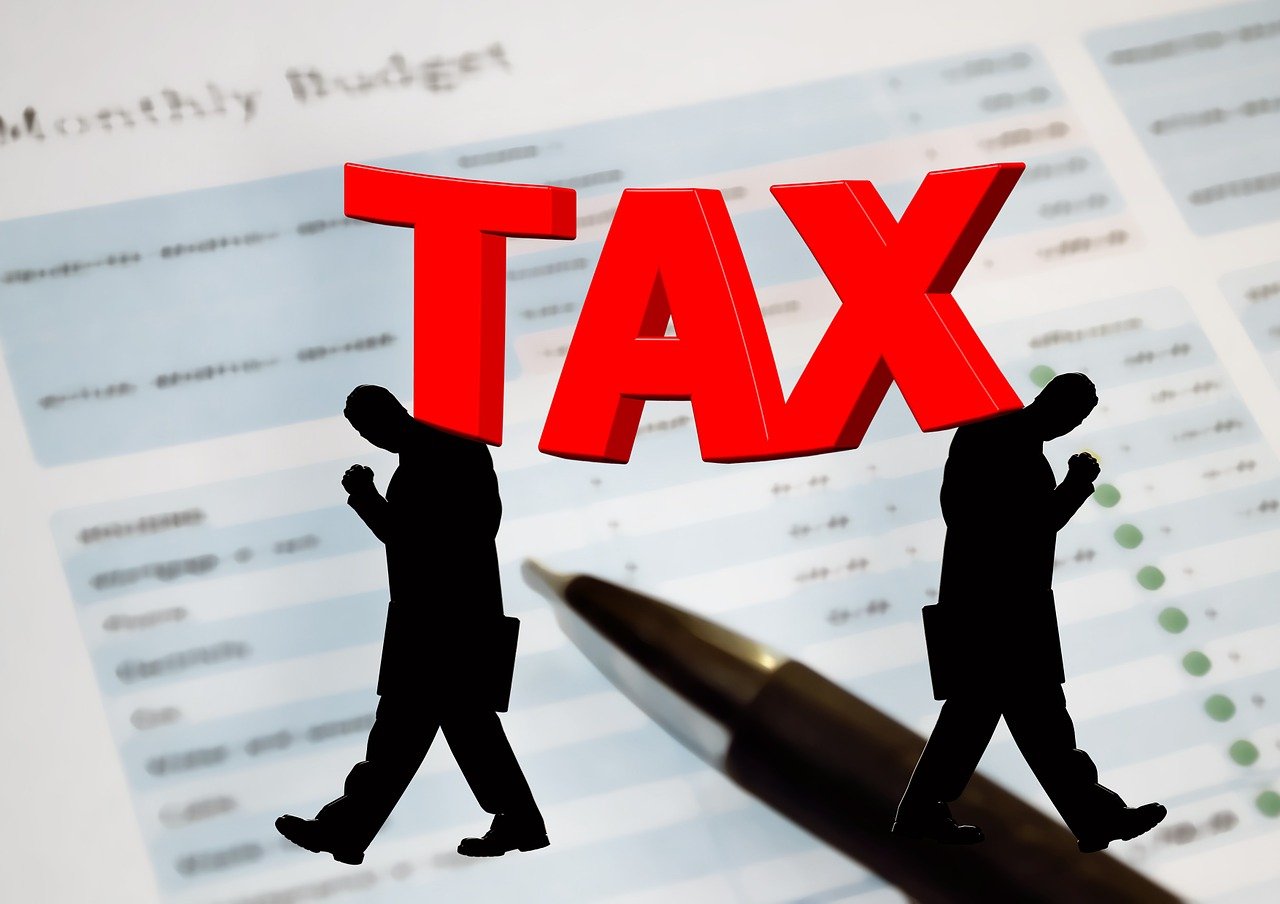
You know that visuals play a central role in engagement on social networks. Creating striking visuals allows you to attract attention, encourage interaction and improve conversions.
In 2025, publications with images will generate up to 94 % more views than text alone. What's more, videos can increase the conversion rate by 80 %. You must therefore rely on good visual practice to optimise your campaigns in a competitive environment.
Understanding your audience and the right formats
Each platform has its own codes and preferences:
- Instagram aesthetic visuals, dynamic carousels
- LinkedIn simple computer graphics, educational visuals (2x more comments)
- TikTok / Reels short, fast-paced videos
Adapt your visuals to the behaviour and expectations of your audience to maximise the impact of your social networking campaigns.
Structuring a clear message and a strong concept
An effective visual conveys an immediate message. Ask yourself the right questions:
👉 What feeling or action do you want to provoke?
👉 What is offer or key information to highlight?
Use bold anchors such as limited offer, free download, immediate registration. A simple messageshort, well prioritised, reinforces understanding and impact.
Choice of colours and consistency of the charter
The colours influence emotion and recognition :
- Use a coherent range with your identity
- Ensure a good legibility on mobile (sufficient contrast)
- Respect the constraints of each platform (e.g. light background on Instagram)
A distinctive colour code and recurring graphic elements reinforce the memorising your brand in fast flows.
Typography and legibility
Opt for a simple, legible typographyeven on smartphones.
Avoid fonts that are too decorative. Organise your text in a hierarchy:
- Clear title
- Concise subtitle
- Visible call to action

Bold keywords such as new product, exclusive promo, discover now to grab attention instantly.
Use of attractive visual elements
Incorporate quality visuals:
- Professional photos
- Customised illustrations
- Explanatory graphics
- Short videos, animations (GIF, motion design)
The dynamic content attract attention and encourage share. Choose theauthenticity (team visuals, products in situation) to generate the trust.
Consistency between visuals and written message
The visuals and text must be perfectly synchronised.
Example: an image with -20 % in bold + a text describing the duration of the offer = more clarity, less confusion.
Test different visual/text combinations to find the one that converts best.
Adapting to trends while remaining true to the brand
Keep up to date with the latest trends:
- Bright colours
- Minimalist design
- Bold typefaces
- Augmented reality
Adapt them without betraying your identity. For example, add discreet animations in your Stories if it suits your tone.
La brand consistency is still essential: users must recognise you instantly.
A/B testing and performance analysis
Test regularly:
- Two versions of the same visual
- Different colours
- Catchphrases
- Vertical vs. square formats
Analyse the results:
- Click-through rate (CTR)
- Commitment rate
- Conversion rate
Even minimal variation can significantly improve your results. This is the key to optimising your striking visuals in a data-driven way.
Planning and editorial calendar
Organise your visuals in a editorial calendar :
- Plan for highlights (parties, launches)
- Prepare the visuals in advance
- Anticipate validations and resources
Use formats recurring (e.g. series of quotations, mini guides) to create a a recognisable visual identity over time.

Mobile optimisation
More than 70 % in the use of social networks is done on mobile.
Your visuals must :
- Be readable without zoom
- Having a vertical layout
- View key information at the centre
- Be light for fast loading
Systematically test the mobile rendering before publication.
Integrating the emotional dimension
Visuals must evoke an emotion :
- Joy (satisfied customers)
- Curiosity (before/after)
- Pride (customer testimonial)
Create a link with the user through :
- Immersive experience
- Shared success
- Visual narrative
A emotion well conveyed = one greater commitment.
Harnessing data for personalisation
Advertising tools allow you to :
- Target by age, interests, behaviour
- Adapting visuals to each segment
- Create variations according to audience segment
For example: a dynamic visual for 18-25 year-olds, more sober for 45+ year-olds.
This personalisation increases relevance and reduces waste.
Conclusion
Create striking visuals for your social networking campaigns is based on :
- A precise knowledge of your audience
- A clear, visually consistent message
- A adaptation to formats and trends
- A continuous data-driven analysis
Alliez aesthetics, efficiency, emotion and mobile optimisation to turn your visuals into real drivers of engagement and conversion.
Repeat the tests, adjust according to the results, plan methodically. Visit striking visuals are at the heart of your successful marketing on social networks.










A mini checklist at the end with the recommended dimensions per platform would be a plus.